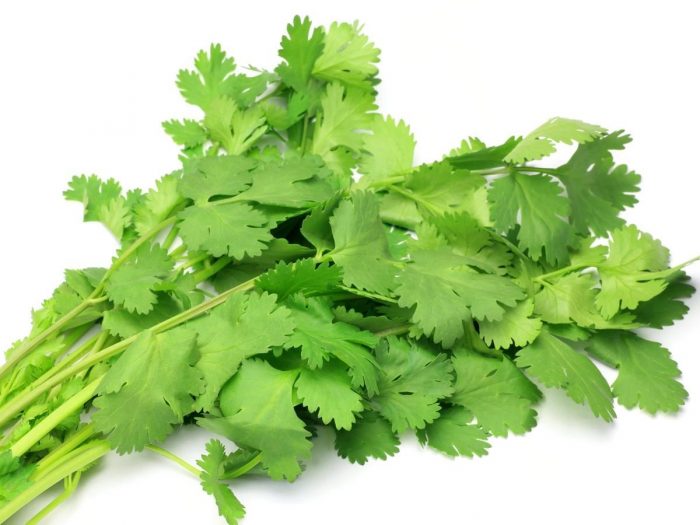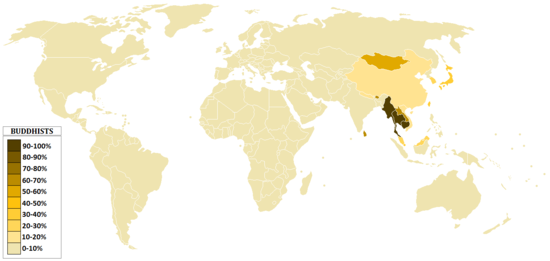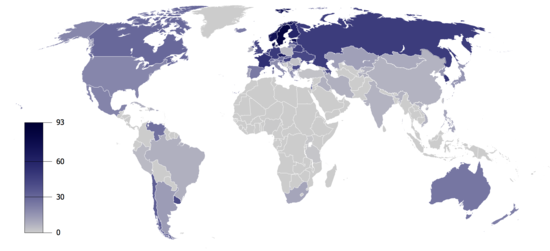Travel guide
Jebel Akhdar (Green Mountain)
• Rises to a height of 2,980 metres
• About two-and-a-half hours drive Muscat,
• Temperature is around 15 degrees cooler than in Muscat
• Incredible views of terraced farms
• Lot of camping shelters and camping areas
• Need a 4x4 (police will stop at check-post)

Jebel Shams (mountain of sun)
• The highest peak in the Arabian Peninsula,
• Located 240 km from Muscat via Nizwa-Al Hamra,
• In the summer temperature is around 20°C
• 'Grand Canyon' with a vertical drop of 2,100 meters
• Home to around a dozen small villages
• A place to hike, take photographs and have picnic

Wakan Village
• Features agricultural terraces cultivating fruits at 2,000 meters above sea
• Located 150km from Muscat
• The graded road leading to the village passes through many valleys
• Enjoys moderate temperatures in summer
• Walk up a trail stretching for 1,100 metres, comprising 700 steps
Bilad Sayt
• A mountain village showcasing traditional Omani rural settlement
• Enjoys moderate daytime temperatures even in summer
• Can be reached through Wadi Al Sahtan and Wadi Bani Awf
• Tucked away in rugged hills of Rustaq, it's accessible only by 4WD


Wadi Shab
• A gorgeous narrow mountain ravine south of the Bimmah Sinkhole in Sur
• A breathtaking entrance and views of aquamarine pools, waterfalls
• Opportunities for swimming and a visit to a partially submerged cave
• Though there's no road into the wadi, one can negotiate the first km in a 4WD
Ras Al Jinz
• The easternmost point of the Arabian Peninsula and an important turtle-nesting site
• Peak time for turtle watching is from June to September
• Located 40km away from Sur
• The area is under government protection, escorted tours available
• Ras Al Jinz Turtle Reserve offers air-conditioned rooms and cottages
Wadi Bani Khalid
• Most popular wadi of Sharqiyah region, its stream maintains a constant flow
• Around 270 km from Muscat north of Al-Kamil and can be reached via Ibra
• Features large pools, boulders and caves including Kahf Maqal
• Springs include Ain Hamouda, Ain al Sarooj and Ain Dawwa
• The village of Badaa is a well-known tourist stop in the valley
Masirah Island
• A real desert island experience with isolated sandy beaches and wild life
• An Indian Ocean island off the east coast of Oman, 95 km long
• Hosts all four of Oman's nesting species of turtles
• Camping is still the most common way of experiencing Masirah
• 450km from Muscat: Take the Nizwa road, at Bid Bid take left to reach Sur road for Sinaw; from Shannah take ferry to Masirah Island
Duqm
• The port city is witnessing major transformation in all sectors including in tourism
• Places to visit are Rock Garden the Oman's geological wonder, old fishing villages and beautiful beaches
• Duqm Beach, a beautiful beach known for its soft, clean sands, azure waters and cool breezes, is 20 kilometres from the centre of Wilayat
• The Al Madina Al Duqm Hotel and Crown Plaza Hotel cater to the increasing demand for accommodation
• Can be reached by Oman Air flights and by road (About 600km from Muscat down south)
Dhofar (Salalah)
• Best season for visit is monsoon or 'Khareef'
• The coast blends with the mountains and the desert - mountains rising to a height of 1,500 metres
• About 1,040 kilometres away from Muscat
• Daily flights and buses between Muscat and Salalah
• Drive from Muscat to Salalah takes roughly 12 hours
Jebel Akhdar (Green Mountain)
• Rises to a height of 2,980 metres
• About two-and-a-half hours drive Muscat,
• Temperature is around 15 degrees cooler than in Muscat
• Incredible views of terraced farms
• Lot of camping shelters and camping areas
• Need a 4x4 (police will stop at check-post)

Jebel Shams (mountain of sun)
• The highest peak in the Arabian Peninsula,
• Located 240 km from Muscat via Nizwa-Al Hamra,
• In the summer temperature is around 20°C
• 'Grand Canyon' with a vertical drop of 2,100 meters
• Home to around a dozen small villages
• A place to hike, take photographs and have picnic

Wakan Village
• Features agricultural terraces cultivating fruits at 2,000 meters above sea
• Located 150km from Muscat
• The graded road leading to the village passes through many valleys
• Enjoys moderate temperatures in summer
• Walk up a trail stretching for 1,100 metres, comprising 700 steps
Bilad Sayt
• A mountain village showcasing traditional Omani rural settlement
• Enjoys moderate daytime temperatures even in summer
• Can be reached through Wadi Al Sahtan and Wadi Bani Awf
• Tucked away in rugged hills of Rustaq, it's accessible only by 4WD


Wadi Shab
• A gorgeous narrow mountain ravine south of the Bimmah Sinkhole in Sur
• A breathtaking entrance and views of aquamarine pools, waterfalls
• Opportunities for swimming and a visit to a partially submerged cave
• Though there's no road into the wadi, one can negotiate the first km in a 4WD
Ras Al Jinz
• The easternmost point of the Arabian Peninsula and an important turtle-nesting site
• Peak time for turtle watching is from June to September
• Located 40km away from Sur
• The area is under government protection, escorted tours available
• Ras Al Jinz Turtle Reserve offers air-conditioned rooms and cottages
Wadi Bani Khalid
• Most popular wadi of Sharqiyah region, its stream maintains a constant flow
• Around 270 km from Muscat north of Al-Kamil and can be reached via Ibra
• Features large pools, boulders and caves including Kahf Maqal
• Springs include Ain Hamouda, Ain al Sarooj and Ain Dawwa
• The village of Badaa is a well-known tourist stop in the valley
Masirah Island
• A real desert island experience with isolated sandy beaches and wild life
• An Indian Ocean island off the east coast of Oman, 95 km long
• Hosts all four of Oman's nesting species of turtles
• Camping is still the most common way of experiencing Masirah
• 450km from Muscat: Take the Nizwa road, at Bid Bid take left to reach Sur road for Sinaw; from Shannah take ferry to Masirah Island
Duqm
• The port city is witnessing major transformation in all sectors including in tourism
• Places to visit are Rock Garden the Oman's geological wonder, old fishing villages and beautiful beaches
• Duqm Beach, a beautiful beach known for its soft, clean sands, azure waters and cool breezes, is 20 kilometres from the centre of Wilayat
• The Al Madina Al Duqm Hotel and Crown Plaza Hotel cater to the increasing demand for accommodation
• Can be reached by Oman Air flights and by road (About 600km from Muscat down south)
Dhofar (Salalah)
• Best season for visit is monsoon or 'Khareef'
• The coast blends with the mountains and the desert - mountains rising to a height of 1,500 metres
• About 1,040 kilometres away from Muscat
• Daily flights and buses between Muscat and Salalah
• Drive from Muscat to Salalah takes roughly 12 hours










